Disclosure: This article contains affiliate links. We may earn a commission from purchases at no extra cost to you, which helps our travel content.
When my import schedule redirected me to New Zealand last month, I found myself with an unexpected 48-hour layover in Palmerston North—a city that rarely makes international travel itineraries but absolutely should. Located in the Manawatu-Whanganui region of New Zealand's North Island, this university town of roughly 90,000 residents initially struck me as merely a convenient stopover. How profoundly I misjudged it. Behind its unassuming façade lies a remarkably forward-thinking urban center where agricultural technology innovation meets vibrant cultural spaces and surprisingly sophisticated urban design. As someone who typically documents the Singapores and Helsinkis of the world, I found Palmerston North's understated approach to urban development refreshingly authentic—a laboratory for practical smart city solutions without the glossy marketing campaigns. This guide distills my whirlwind weekend into an efficient blueprint for fellow urban explorers seeking substance over spectacle.
The Tech-Infused Agricultural Heartland
My urban exploration typically involves sleek innovation districts and startup hubs, but Palmerston North offers something more distinctive: the seamless integration of agricultural technology into its urban identity. The city serves as headquarters for several national research institutions, with Massey University's AgriTech Incubator being the crown jewel.
I spent a fascinating morning touring the FoodHQ Innovation Hub, where researchers are developing everything from drone-based farm monitoring systems to vertical farming prototypes adapted specifically for New Zealand's climate challenges. What struck me most was how accessible these facilities are to visitors—you don't need corporate credentials or special connections to witness innovation happening in real-time.
The Manawatu Investment Centre downtown provides an excellent starting point for tech-curious travelers. Their interactive displays showcase how traditional farming practices are being transformed through technology, and staff can direct you to public demonstrations or open innovation spaces around the city. I was particularly impressed by their augmented reality display showing how the region's topography influences agricultural innovation—a masterclass in contextual technology deployment.
For those interested in sustainable urban systems, the city's investment in smart irrigation throughout its green spaces demonstrates practical applications of water conservation technology that many larger cities could learn from. Download the city's surprisingly well-designed urban exploration app to access self-guided tours of these innovation zones—I found the GPS-enabled audio commentary particularly insightful.
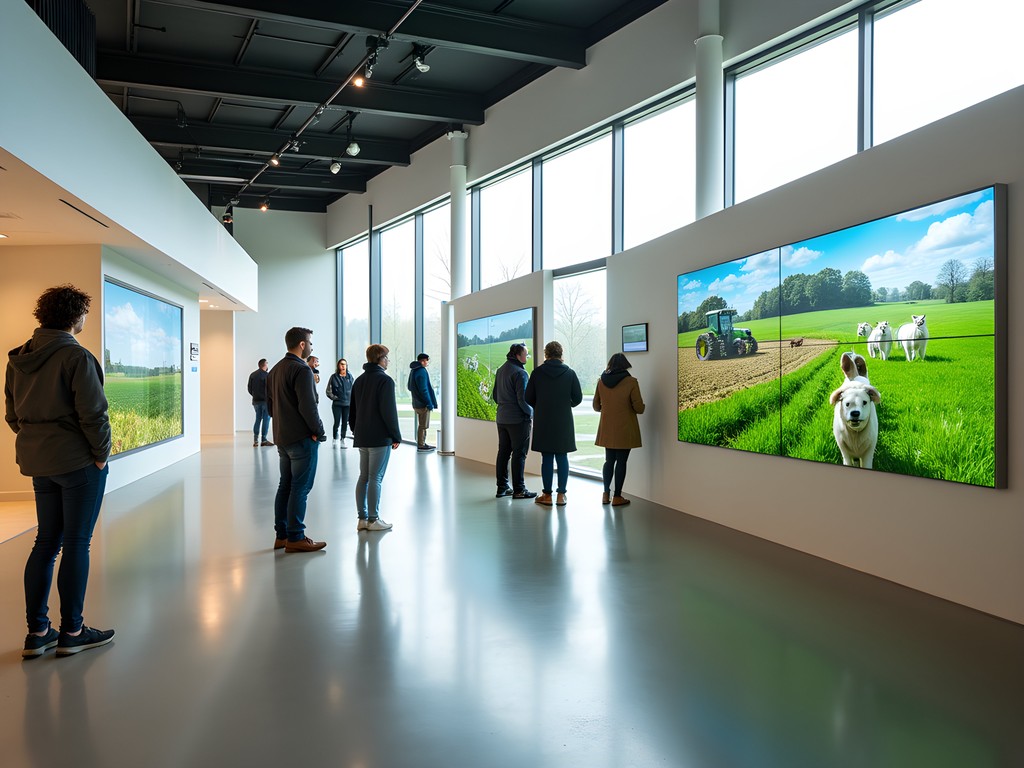
💡 Pro Tips
- Visit FoodHQ on weekday mornings when researchers are most active and available for impromptu discussions
- The Manawatu Investment Centre offers free Wi-Fi and excellent coffee—an ideal base for planning your explorations
- Request access to Massey University's AgriTech showcase at least 24 hours in advance via their website
Urban Green Spaces Reimagined
While many cities boast about their parks, Palmerston North has quietly transformed its green spaces into interconnected urban laboratories. The jewel in this network is undoubtedly the Victoria Esplanade, but experienced urban explorers should look beyond the obvious attractions.
I discovered that the city has implemented a fascinating network of micro-parks—small urban interventions that maximize ecological value in limited space. The Savage Crescent Historic Area features several of these pocket innovations, where native plantings, water-sensitive urban design, and community-maintained gardens create surprisingly effective urban cooling zones.
The Manawatu River Pathway represents another masterclass in thoughtful urban planning. This 9.6km walking and cycling trail serves as both recreational infrastructure and a living laboratory for riparian restoration techniques. I rented an e-bike from Green Cycles downtown (NZ$45 for a half-day) and was impressed by the pathway's integration of educational technology—QR codes along the route link to information about ecological restoration projects and real-time water quality data.
For photography enthusiasts, I recommend bringing a compact tripod for capturing the remarkable light conditions along the river at dusk. The city's relatively low profile means minimal light pollution, creating ideal conditions for urban landscape photography.
The most interesting discovery for me was the city's 'Green Corridors' initiative—a network of native plantings connecting fragmented habitats across the urban landscape. These corridors aren't heavily promoted to tourists, but they represent some of the most innovative urban ecological thinking I've encountered outside of Scandinavian cities.
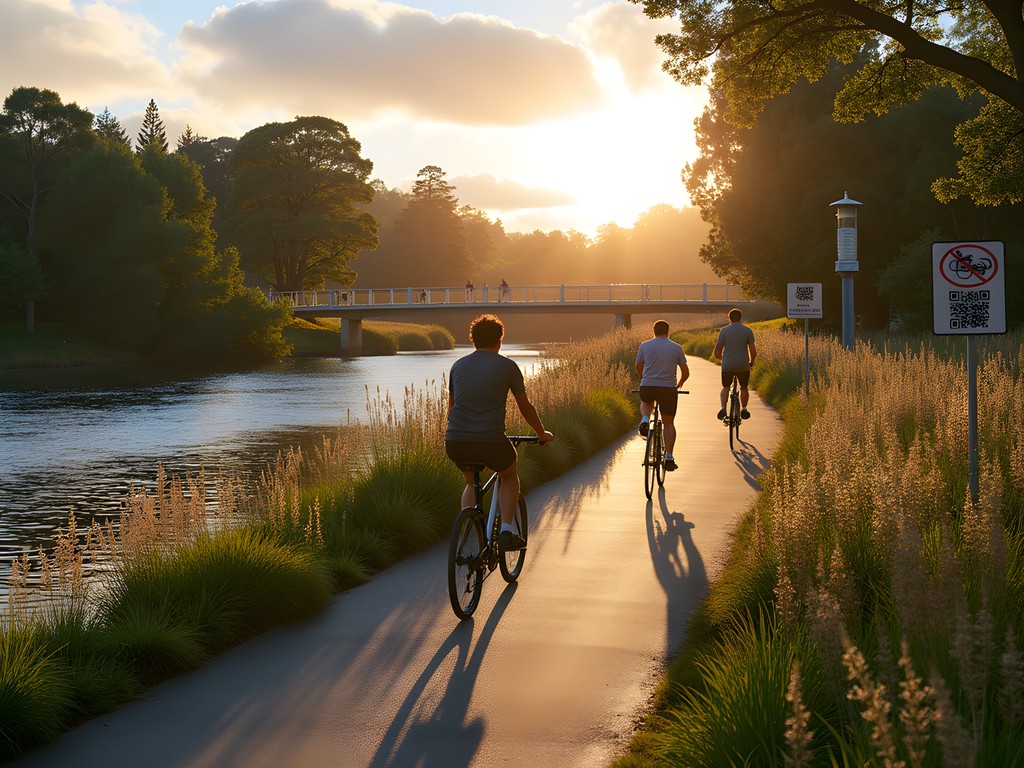
💡 Pro Tips
- Download the Manawatu River Pathway app for interactive ecological information as you explore
- Visit the Green Corridors early morning to spot native birds using these urban wildlife highways
- The Memorial Park water features incorporate subtle smart technology that adjusts flow based on weather conditions—worth observing during different times of day
Cultural Spaces with Technological Twists
Palmerston North's cultural institutions punch well above their weight class, particularly in how they've integrated technology into traditional spaces. The Te Manawa Museum stands as the centerpiece of this approach, but the city offers several less obvious cultural nodes worth exploring.
The Square Edge Community Arts center fascinated me with its maker spaces and digital arts programs. During my visit, I watched local artists collaborating with Massey University engineering students on interactive installations that respond to environmental data collected throughout the city. This cross-disciplinary approach reminded me of similar initiatives I've documented in Helsinki, though with a distinctly New Zealand pragmatism.
The city library deserves special mention—not for its collection (though impressive), but for its function as a digital community hub. The Youth Space features cutting-edge design thinking tools and fabrication equipment accessible to the public. I spent an enlightening hour observing teenagers developing urban improvement prototypes using the library's 3D printers and AR modeling software.
For performing arts enthusiasts, the Regent on Broadway offers more than just shows. Their backstage technology tour (available by appointment) reveals how this historic venue has integrated sophisticated production systems while preserving its architectural heritage—a masterclass in adaptive reuse.
I recommend carrying a noise-canceling headphones when visiting these cultural spaces. Many feature subtle audio installations or location-based content that's best experienced without ambient distractions. The library in particular offers downloadable audio guides that provide context to the city's architectural evolution as you explore the surrounding streets.
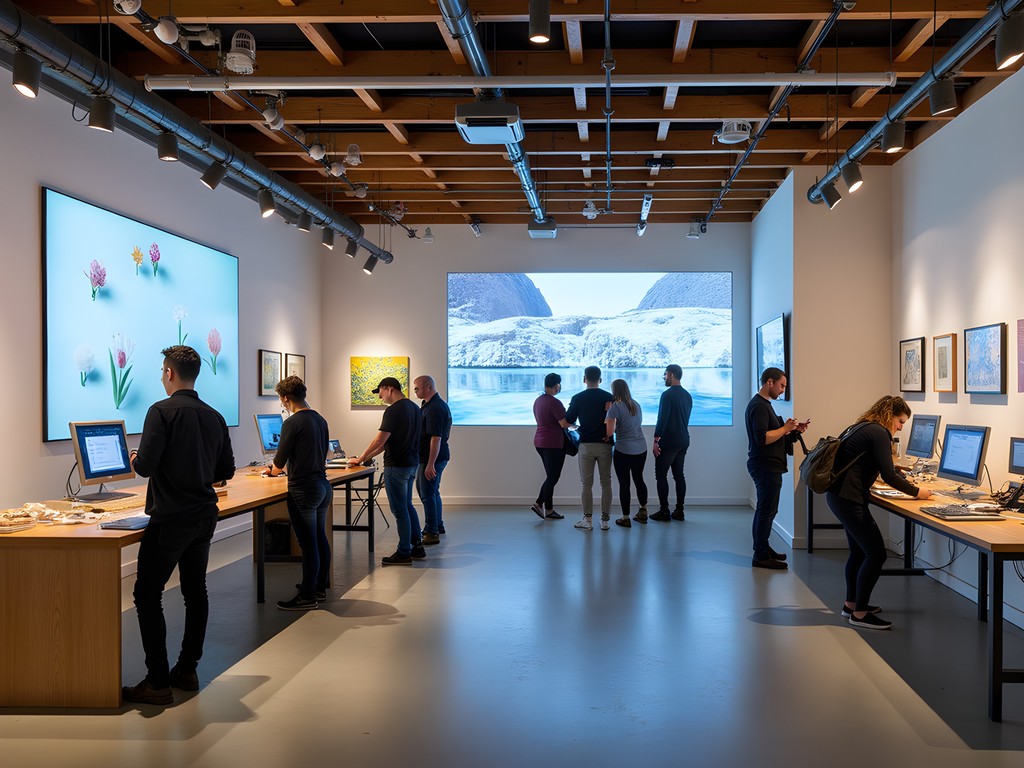
💡 Pro Tips
- Check the Square Edge Community Arts website for workshop schedules—many welcome drop-in participants
- The library's Digital Heritage Archive includes fascinating historical maps showing Palmerston North's urban development
- Visit Te Manawa on Thursdays when local technologists demonstrate prototypes in the innovation gallery
Unexpected Urban Design Innovations
What makes Palmerston North particularly fascinating to urban explorers is how it's implementing smart city concepts without the marketing fanfare of larger metropolitan areas. The city has embraced incremental innovation—small, thoughtful interventions that collectively transform the urban experience.
The most visible example is the city's approach to stormwater management. Rather than hiding infrastructure underground, Palmerston North has created a network of bioswales and rain gardens that serve multiple functions: managing flooding, creating habitat, and educating residents about water systems. The Norton Park water retention area exemplifies this approach, transforming what could have been mundane infrastructure into an engaging public space.
Downtown, I was impressed by the subtle integration of smart street furniture. Several public seating areas incorporate solar charging stations, environmental monitoring sensors, and adaptive lighting systems that respond to usage patterns. What's remarkable is how unobtrusive these technologies are—they enhance rather than dominate the streetscape.
The city's wayfinding system deserves study by urban design professionals. Rather than implementing a standard signage program, Palmerston North has created context-aware information points that highlight different aspects of the city based on location. Near the university, signs emphasize innovation; in historic districts, they focus on heritage; along ecological corridors, they highlight environmental information.
For serious urban explorers, I recommend bringing a compact binoculars to appreciate architectural details and observe how residents interact with these urban innovations. The city's relatively compact footprint makes it ideal for observational research that would be challenging in larger metropolitan areas.
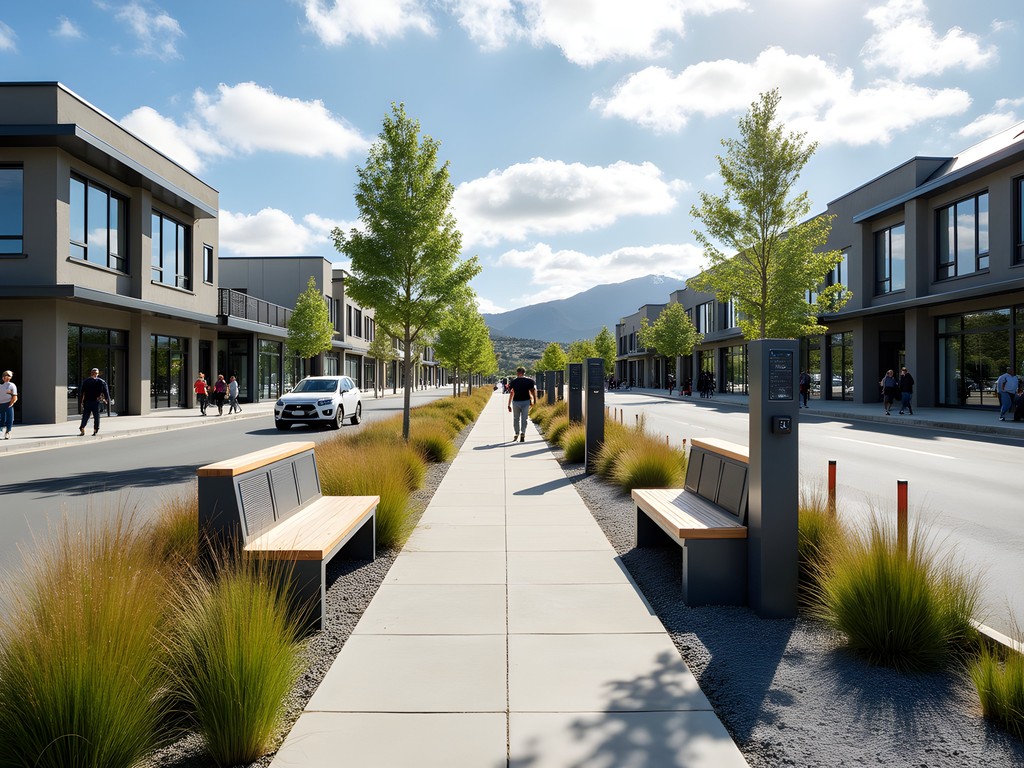
💡 Pro Tips
- Visit the City Council's Urban Design office during weekday business hours—they offer excellent maps highlighting design interventions throughout the city
- The Broadway Avenue corridor features subtle examples of responsive urban design that change character throughout the day
- Look for the small blue markers indicating water-sensitive urban design features—they form a fascinating trail when mapped collectively
Culinary Scene: Where Agricultural Innovation Meets Gastronomy
No urban exploration is complete without examining how a city feeds itself, and Palmerston North offers fascinating insights into the relationship between agricultural innovation and urban food systems.
The transformation begins at the Palmerston North Farmers' Market (Saturdays, 8:30am-1:30pm). Unlike typical farmers' markets that simply sell produce, this one functions as an interactive showcase for agricultural innovation. Several stalls feature QR codes linking to information about sustainable farming practices or new cultivation techniques being developed at nearby research institutions.
Downtown restaurants have embraced the city's agricultural identity in creative ways. Establishments like Nero Restaurant and The Herb Farm incorporate hyperlocal ingredients while providing diners with digital information about food provenance. At Nero, I was particularly impressed by their tablet-based menu that adjusts daily based on local availability and includes detailed information about producer partnerships.
For coffee enthusiasts, Palmerston North punches well above its weight. Cafes like Café Cuba and Arrosta Coffee have implemented sophisticated bean-to-cup tracking systems that would be at home in much larger cities. Using my coffee tracking app, I logged some surprisingly exceptional single-origin offerings with complete traceability information.
The most interesting culinary innovation I encountered was the city's approach to food waste management. Several establishments participate in a closed-loop system where food waste is collected for composting at urban gardens or converted to energy. The Little Savanna restaurant offers a fascinating behind-the-scenes tour of their waste reduction systems (by appointment) that provides valuable insights into sustainable urban food systems.

💡 Pro Tips
- Visit Café Cuba between 2-4pm weekdays when baristas have more time to discuss their bean sourcing philosophy
- The Farmers' Market offers free tastings of agricultural research products not yet available commercially—look for the Massey University booth
- Download the 'Plate to Pasture' app before dining out to access additional information about local food systems
Final Thoughts
Palmerston North exemplifies what I find most compelling about urban exploration—discovering how cities implement innovation without fanfare, solving real problems rather than chasing headlines. While it lacks the architectural drama of global tech hubs, its thoughtful integration of technology into everyday urban systems offers valuable lessons for cities worldwide. What makes Palmerston North special isn't flashy infrastructure but its culture of practical innovation, where agricultural heritage meets forward-thinking urban design. For travelers willing to look beyond obvious attractions, this unassuming New Zealand city rewards curiosity with insights into how mid-sized urban centers can implement smart city concepts at human scale. My weekend there reminded me that sometimes the most valuable urban insights come from the places we least expect to find them.
✨ Key Takeaways
- Palmerston North demonstrates how agricultural technology can integrate meaningfully into urban identity
- The city's approach to incremental innovation creates human-centered smart city features without the marketing hype
- Cultural institutions serve as unexpected technology hubs, bridging traditional and digital experiences
- Urban ecological initiatives like the Green Corridors show sophisticated environmental thinking rarely found in cities this size
📋 Practical Information
Best Time to Visit
year-round, though February-April offers ideal weather for outdoor exploration
Budget Estimate
$150-250 per day including accommodations, meals and activities
Recommended Duration
2-3 days
Difficulty Level
Easy

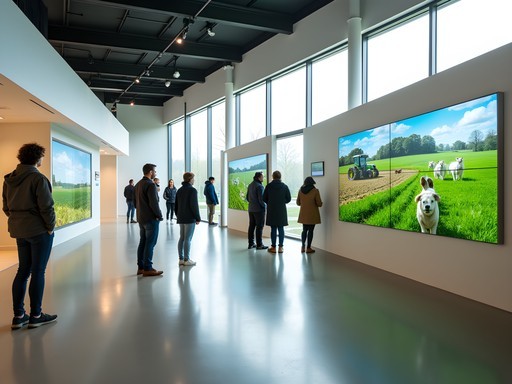

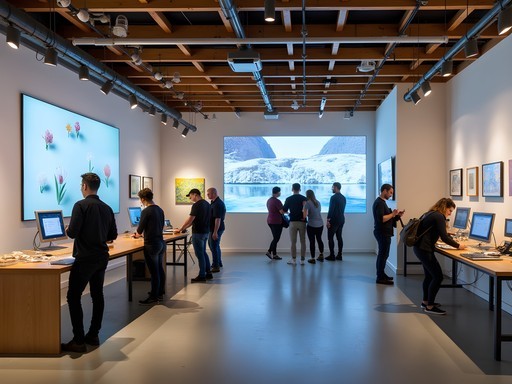
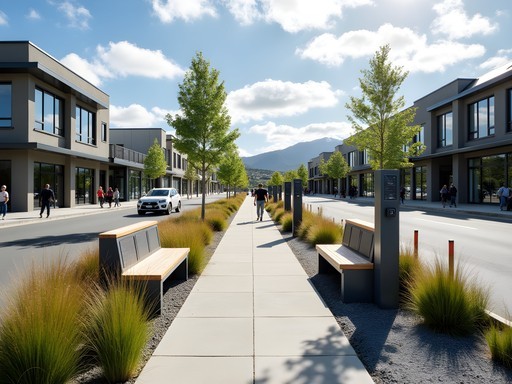
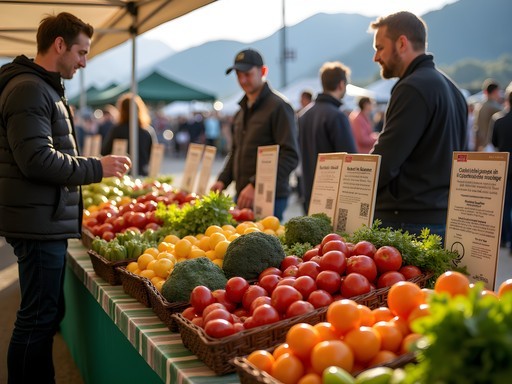


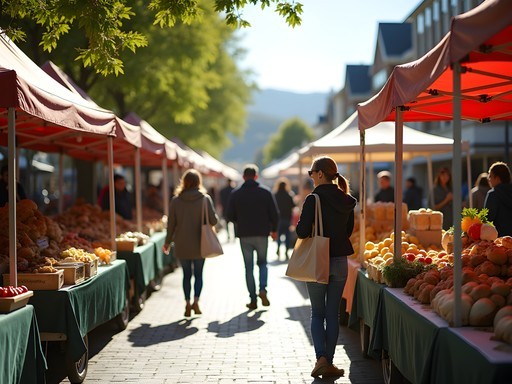

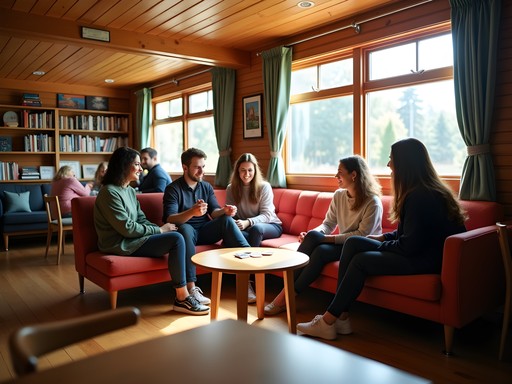





Comments
hikingbuddy
Just got back from NZ and made a point to visit Palmerston North after reading this. The Te Manawa Museum was such a hidden gem! That exhibit combining traditional Māori art with digital projections was mind-blowing. Also loved the coffee scene - that little roastery you mentioned near the square (Arrosta?) had the best flat white of my entire trip. The locals were super friendly too, got some great tips just chatting with people at cafes. Thanks for highlighting places that don't make the usual tourist trail!
Dylan Turner
So glad you enjoyed it! Yes, Arrosta Coffee is fantastic. The Te Manawa Museum is definitely underrated - that digital Māori exhibit was one of my highlights too.
backpackace
Heading to NZ next month and might have a day to spare. How's the public transport situation in Palmerston North? Is it easy to get around without a car?
hikingbuddy
Not Dylan, but I was there in September! The city is pretty compact so I walked most places. There are buses but they're not super frequent. I rented a bike from the city bike share and that worked perfectly for a day of exploring.
backpackace
Thanks for the tip! Bike rental sounds perfect.
mountainadventurer
Those urban green spaces look amazing! Adding this to my NZ itinerary for sure.
Megan Martin
Dylan, this is exactly the kind of content I appreciate - highlighting overlooked destinations with unique perspectives. I had a conference in Wellington last year and contemplated a side trip to Palmerston North but skipped it. Clearly a mistake! The tech-agricultural fusion you described reminds me of similar developments I've seen in smaller Japanese cities. Did you find the business infrastructure adequate for digital nomads? I'm planning another NZ trip and might incorporate a working stay there.
Dylan Turner
The digital infrastructure was surprisingly robust, Megan. Several cafés with reliable WiFi, and the city library has excellent workspaces. The university influence means there's good connectivity throughout the central area. Not quite Wellington standards, but more than adequate for a productive stay.
explorefan
Never thought I'd see Palmerston North featured on a travel blog! I had a similar unexpected stopover there last year and completely agree about the green spaces. The Manawatu River walkway was such a pleasant surprise. Did you get a chance to check out the local breweries? There's a small one near the square that does amazing craft beers with locally-sourced ingredients.
Dylan Turner
Thanks for reading! I did check out Brew Union - their hop selection was impressive for a smaller city. The farm-to-table beer concept really fits with the agricultural innovation theme I noticed throughout the city.
explorefan
That's the one! Glad you found it too!
Jennifer Rodriguez
This is exactly the kind of content I appreciate as a budget traveler! I had a similar experience last year when I ended up with an unexpected layover in Palmerston North. The Square was surprisingly vibrant, and I was impressed by how accessible everything was without needing to rent a car. The free Te Manawa museum was a highlight for me - their tech-meets-agriculture exhibits were genuinely fascinating. I also discovered that many of the cafés offer student discounts (even to international visitors with student IDs). Did you get a chance to explore any of the walking trails along the Manawatu River? I found them to be perfect for morning runs and getting oriented to the city layout. I tracked my routes using my fitness watch which was perfect for exploring the interconnected green spaces you mentioned.
kiwi_wanderer
The river paths are fantastic! If you go back, try the He Ara Kotahi bridge at sunset - absolutely stunning views.
Jennifer Rodriguez
Thanks for the tip! Adding that to my list for next time. I missed quite a few sunsets because I was busy exploring the downtown area.
roamphotographer
Just got back from NZ and wish I'd seen this before! Ended up in Palmy for a day and felt lost. Your urban design section would've been perfect! Did manage to find that cool sculpture park though - those light installations at dusk were AMAZING for photography. Used my travel tripod and got some killer long exposures. Saving this post for next time!
wanderlustclimber
Those light installations are on my list now! How long did you stay in Palmerston North?
roamphotographer
Just 24 hours unfortunately! Definitely not enough time. Planning to go back and spend at least a weekend next time.
hikingmood
Never would've thought of Palmerston North as a destination! Always drove through it on the way to Wellington. Might need to stop next time!
Dylan Turner
That's exactly what inspired me to write this! So many people just pass through without realizing what they're missing.
hikingmood
Any specific food spots you'd recommend for a quick visit?
Dylan Turner
Definitely check out Café Cuba on Cuba Street! Great coffee and local vibes. The Brew Union craft beer pub is also worth a stop if you're into that.
Claire Hawkins
Dylan, this is such a refreshing take on urban exploration! I visited Palmerston North with my family last year and we completely missed that incredible urban garden installation you mentioned. The kids would have loved those interactive water features! We did stumble upon that quirky café inside the converted railway car though - my 7-year-old still talks about how they served his hot chocolate in a tiny train caboose mug. One tip for families: the Saturday morning market near the square has these amazing activity stations where kids can learn about local ecology while parents shop. Definitely worth planning around if you're there with little ones!
escapephotographer
Great write-up! Could you share more about that 'Tech-Infused Agricultural Heartland' section? Sounds fascinating but I'm curious what exactly that means for a visitor?
Dylan Turner
Sure thing! It's basically where you can visit interactive exhibits showing how tech is revolutionizing farming. The AgriTech Innovation Center has these amazing demos where you can see drones mapping fields and try simulator systems. Not your typical tourist attraction but genuinely fascinating!
escapephotographer
That sounds way cooler than I expected. Adding it to my list for when I'm in NZ next year!
Venture X
Premium card with 2X miles, $300 travel credit, Priority Pass